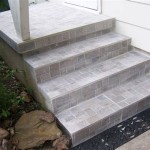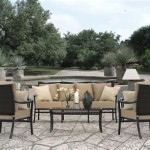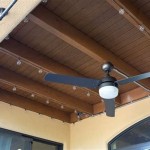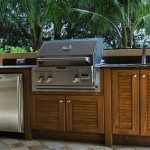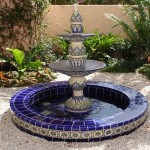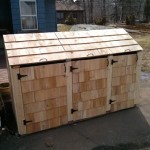Essential Aspects of Outdoor Wood Burning Furnace Regulations
Outdoor wood burning furnaces (OWBFs) provide an efficient and cost-effective means of heating homes and businesses, particularly in rural areas. However, their use is subject to various regulations aimed at minimizing air pollution and ensuring public health and safety.
Emission Standards
OWBFs are regulated based on their particulate matter (PM) and carbon monoxide (CO) emissions. The Environmental Protection Agency (EPA) has set national emission limits for these pollutants. Local authorities may impose stricter standards within their jurisdictions.
OWBF manufacturers must certify that their products meet the established emission limits. Failure to comply can result in fines and other penalties.
Fuel Restrictions
To minimize air pollution, many jurisdictions restrict the types of fuel that can be burned in OWBFs. Typically, only seasoned, dry hardwood is allowed. The use of wet, unseasoned wood, or other materials such as trash or plastics, is prohibited.
Location Requirements
The placement of OWBFs is subject to specific location requirements. They must be installed at a safe distance from buildings, property lines, and sensitive areas such as schools or hospitals.
Minimum distance requirements vary depending on the size and capacity of the furnace. Local building codes and zoning regulations should be consulted before installing an OWBF.
Installation Standards
OWBFs must be installed by qualified professionals in accordance with manufacturer specifications and local building codes. Proper installation ensures optimal performance, safety, and compliance with emission standards.
Incorrect installation can lead to inadequate combustion, excessive emissions, and potential fire hazards.
Smoke and Odor Control
OWBFs must be equipped with effective smoke and odor control measures. Chimneys or exhaust stacks of sufficient height should be used to disperse emissions away from populated areas.
Additional measures such as catalytic converters or electrostatic precipitators may be required in certain jurisdictions to minimize the impact on air quality.
Enforcement and Inspections
Local authorities are responsible for enforcing OWBF regulations. They may conduct regular inspections to ensure compliance with emission limits, fuel restrictions, and other requirements.
Non-compliant OWBFs may be subject to fines, penalties, or even shutdown orders. Periodic inspections are essential to maintain air quality and protect public health.
Conclusion
Outdoor wood burning furnaces offer an affordable and efficient heating solution. However, their use must be accompanied by responsible practices and adherence to applicable regulations.
By understanding the essential aspects of OWBF regulations, homeowners and businesses can ensure compliance, minimize air pollution, and enjoy the benefits of this heating technology safely and responsibly.

Outdoor Wood Furnace And Solid Fuel Burning Guidelines Preventing Losses Grinnell Mutual

Outdoor Wood Burning Furnace Boilers From Madison Wi To E Iowa

Outdoor Wood Boiler Vs Furnace

Best Outdoor Wood Furnace Central Boiler

New Epa Rules For Wood Burners Set To Go Into Effect Features Messagemedia Co

Wood Boilers Save Money But Irk Neighbors

Frequent Questions About Wood Burning Appliances Us Epa

Plans How To Build A Wood Outdoor Boiler

Forced Air Outdoor Wood Burning Furnaces And Boilers

Outdoor Wood Furnace S In 2024 Angi
Related Posts

